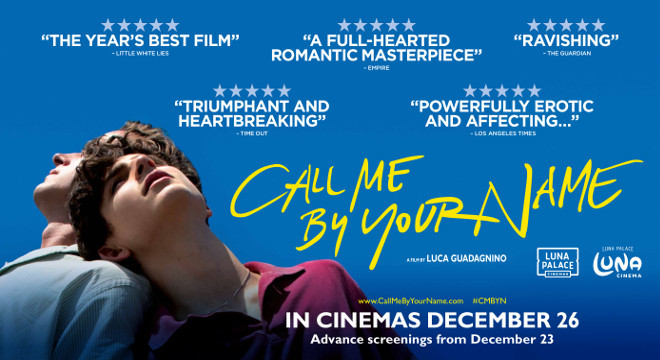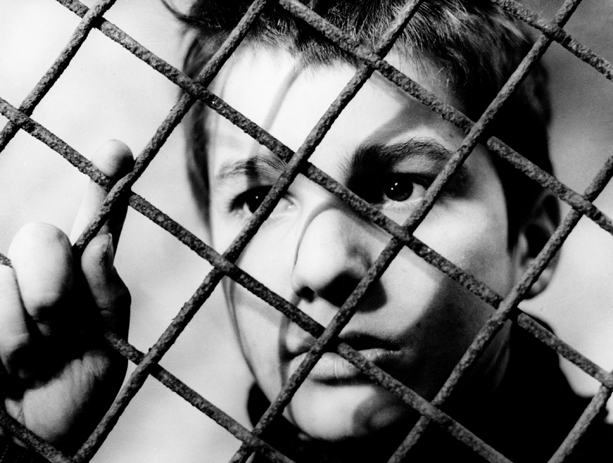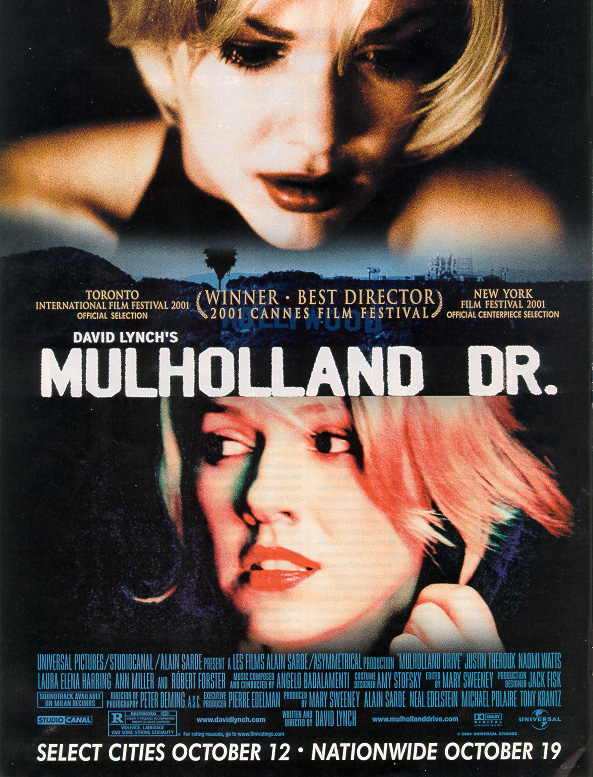(Italy / USA / France / Brazil 2017)
“Call me by your name and I’ll call you by mine.”
— Oliver
Very seldom does a film leaves me speechless, but that’s just what Call Me by Your Name did. For me, it’s one of this year’s most unexpected cinematic pleasures.
Set during the summer of 1983, precocious and solitary 17-year-old Elio Perlman (Timothée Chalamet) is spending another summer with his parents at their Italian villa. It looks like business as usual — reading, writing, and playing piano — until ruggedly handsome and tan American graduate student Oliver (Armie Hammer) shows up. Oliver, with his penchant for being overly casual (particularly with his use of “later” to bid farewell) and his love of the Psychedelic Furs, will be staying in Elio’s room for the summer while working as an intern for Elio’s father (Michael Stuhlbarg), a professor who’s finishing up a book.
Wow. Director Luca Guadagnino hits the nail right on the head on so many things he gets at here: the perversity of male adolescence, the confusion of sexual awakening and lost innocence, the single-mindedness of desire, the thrill and frustration of seduction, and the agony of loss, all of it before a gorgeous and sunny Italian backdrop. He’s sensitive to the subject matter, which centers on sexuality, but he doesn’t cheapen the story or its characters. It’s a tricky feat.
The pace may be frustrating at times. However, being an act of seduction itself, Call Me by Your Name is nonetheless erotic, intimate, honest, and ultimately heartbreaking. That’s an awful lot to fit into one film, but Guadagnino does it, and he does it exceptionally well. It helps that he recruits excellent actors, particularly Chalamet, who brings a credible vulnerability to his character. The final scene is beautifully simple, effective, and hard to watch even while the credits roll.
I had a remarkably similar experience as Elio when I was barely 18 years old. Call Me by Your Name is more romantic, but seeing it play out reminded me of someone from my own past. I never go back and read a book after seeing its film adaptation, but I’m compelled to read André Aciman’s novel now.
With Amira Casar, Esther Garrel, Victoire Du Bois, Vanda Capriolo, Antonio Rimoldi, Elena Bucci, Marco Sgrosso, André Aciman, Peter Spears
Production: Frenesy Film Company, La Cinéfacture, RT Features, Water’s End Productions
Distribution: Sony Pictures Classics
132 minutes
Rated R
(Landmark Century) A-
http://sonyclassics.com/callmebyyourname/mobile/










